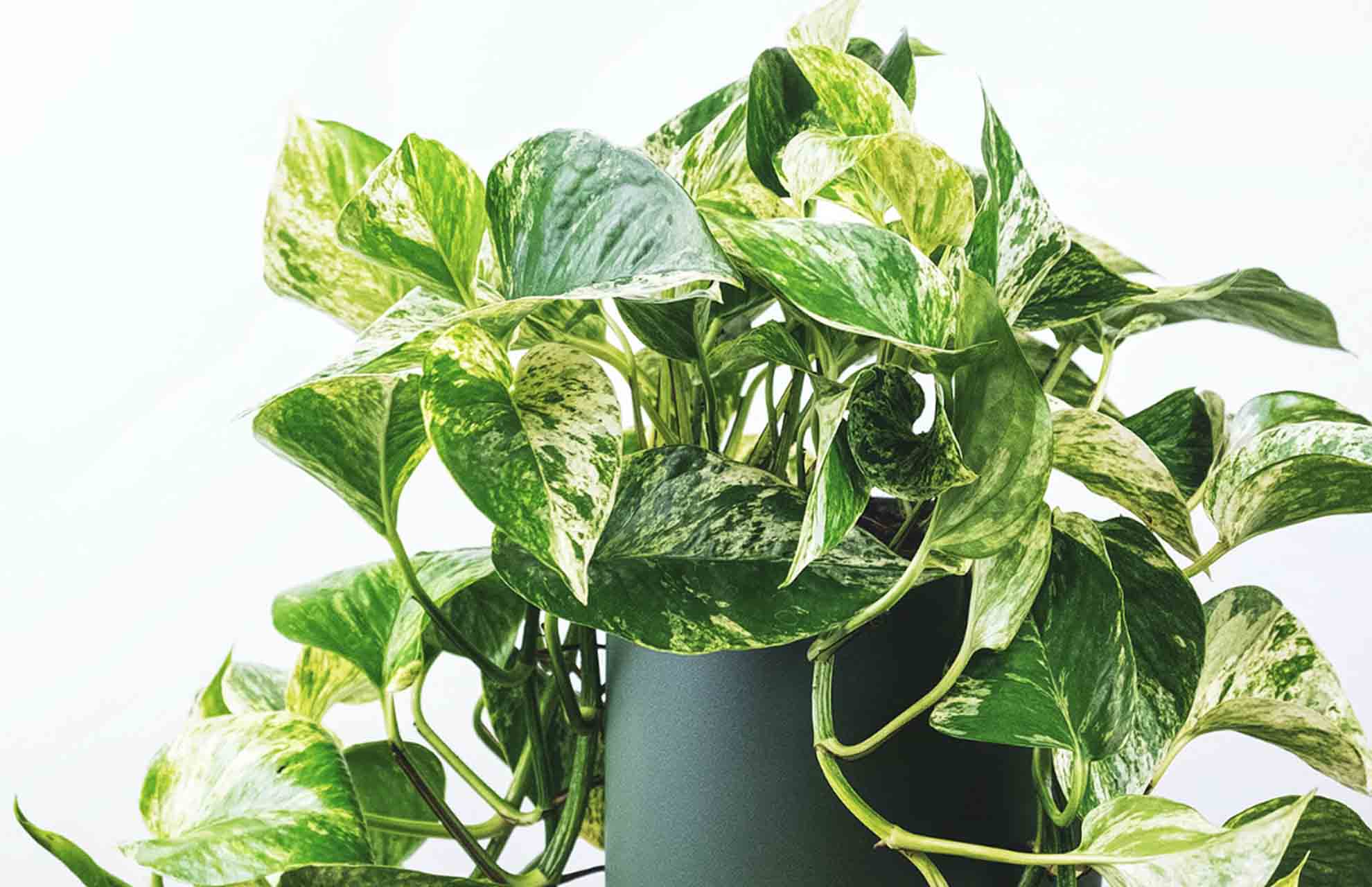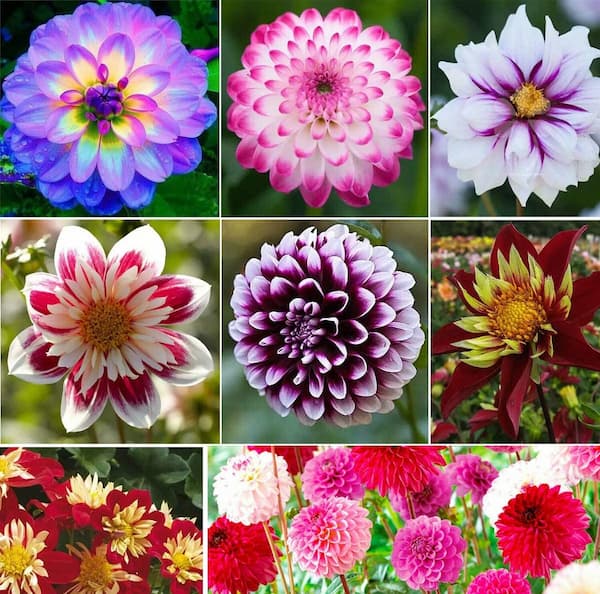Choosing the right kind of soil for your pothos should be daunting for some people. Whether your pothos will thrive or barely live on is going to rely upon the surroundings you furnish and the type of soil you use. We will help you pick out the right type of soil for your pothos.
What Is A Pothos
Pothos is a vibrantly colored houseplant with waxy heart-shaped leaves and long ivy-like tendrils. It is convenient to keep and pretty forgiving. They enjoy bright indirect light conditions
There are a few varieties of pothos, such as:
Golden Pothos (variegated Devil’s Ivy)
Marble Queen
Jade Pothos
It is additionally nicknamed Devil’s Ivy because it’s nearly impossible to kill this plant completely. No matter the variety, all Pothos have comparable soil requirements.
Signs That Your Pothos Is In The Wrong Soil
The thing with pothos is that they won’t generally full-out die when planted in the wrong soil. They generally lose their luster rather, frequently growing more sluggishly and producing smaller leaves. However, it’s probably a soil issue! Scale infestations on pothos can hide just below the face of your soil and affect the root system if you’re soddening your pothos regularly and notice a less-than-sparky plant. Whether the problem with your pothos’ soil is a lack of nutrients or humidity, root spoilage, poor drainage, or pest infestation, these are the warning signs it’s time to mix some fresh soil for your plant
Brown or Yellow Leaves. Yellowing leaves can be a sign of root spoilage, a fungal pathogen that thrives in wet soil. To avoid this issue, make sure your soil is draining well and that you’re soddening at applicable intervals.
Fungus Growth. However, also the soil likely isn’t draining well enough, if your replanting soil is harboring fungus or fungus gnats. To fix this, the replanting blend will bear further perlite, or the vessel will need a better drainage system.
Suppressed Growth. However, also you may need to add nutrients to the soil if your pothos plant growth has braked. A balanced toxin( i.e.15-15-15) generally works stylishly to produce a nutrient-rich environment for your plants.
Drooping Plants. However, the soil may be too dry, if your pothos plants are beginning to wilt. Make sure your watering cycles are harmonious, and always water completely when the soil feels dry to a depth of one inch. You can ameliorate your soil’s water retention by adding vermiculite or pine dinghy.
Things To Keep In Mind While Choosing a Soil Mix
The soil mix for pothos is really simple and straightforward. You needn’t learn the wisdom behind it. You just need to keep many effects in mind while choosing the soil:
Nutrient-rich
Well-draining
Must retain moisture
Aeration of the soil
These are the four pivotal effects to keep in mind while choosing a soil blend for your pothos. Having a nutrient-rich soil is pivotal as pothos are fast-growing plants, and they absorb the utmost of their demanded nutrient supplements from the soil.

Providing a nutrient-rich substrate will boost their growth, which is pivotal if you’re repotting or propagating your pothos.
One of the most common problems with houseplants is overwatering. Most people rain a lot of love on their plants, and as a result, they end up overwatering them.
It can lead to numerous issues, especially when the soil is heavy and water can not pass through.
The soil you use must be well-draining, and the water needs to pass through. Else your pothos may see problems like droopy leaves, root spoilage, and more. Aeration and water retention capacity of the soil is also pivotal for your pothos to thrive.
Still, your plant may suffer from suppressed growth, if the soil is tightly packed and doesn’t allow the roots to breathe. Therefore, adding commodities for aeration is essential.
While pothos don’t like remaining wet at all times, they don’t want to be left dry as well. Still, also your pothos may struggle to grow if the soil you’re using dries out enough snappily. You may see signs of splint curling and brown leaves as well. Therefore, adding commodities into the soil blend for retaining a little bit of humidity is crucial.
What Is The Best Soil For Pothos
Pothos aren’t similarly demanding plants, and they can do well in the utmost kinds of soil. Still, if you want your plants to thrive and grow longer and bushier, choose a nutrient-rich potting blend.
Wait, Wait, Wait! Just because I told you to use any good potting blend, you can not go ahead and throw a bag of blend in there and plant your pothos.
We need to make many adaptations to the potting blend so that the conditions for your pothos are set right!
After experimenting and trying out a bunch of combinations, I’ve brought it down to two well-balanced fashions for the perfect soil blend.
This blend works great with utmost houseplants that demand analogous conditions. So, without further detention, let’s dive right into it.
Mixing the soil and creating a perfect mix for your pothos can be time-consuming and challenging at the same time.
But you’re in luck! You can buy a ready-to-go bag of perfect replanting blends for your pothos from rePotme, which is an excellent place where you can buy some ready-made mixes for all your houseplants and succulents.
Both of these soil mixes cater to the needs of your pothos. The first soil blend is straightforward and effective, as well. You just need a bag of phenomena to grow an inner replanting blend, which we shall mix with a part of perlite.
Although this particular replanting blend is created to keep inner plants in mind, I still feel it holds the humidity for a little longer.
That might work well in dry and arid climates but doesn’t work well in tropical, sticky places. Therefore, adding a part of coarse beach or pumice if perlite will help with the soil’s aeration and drainage.








